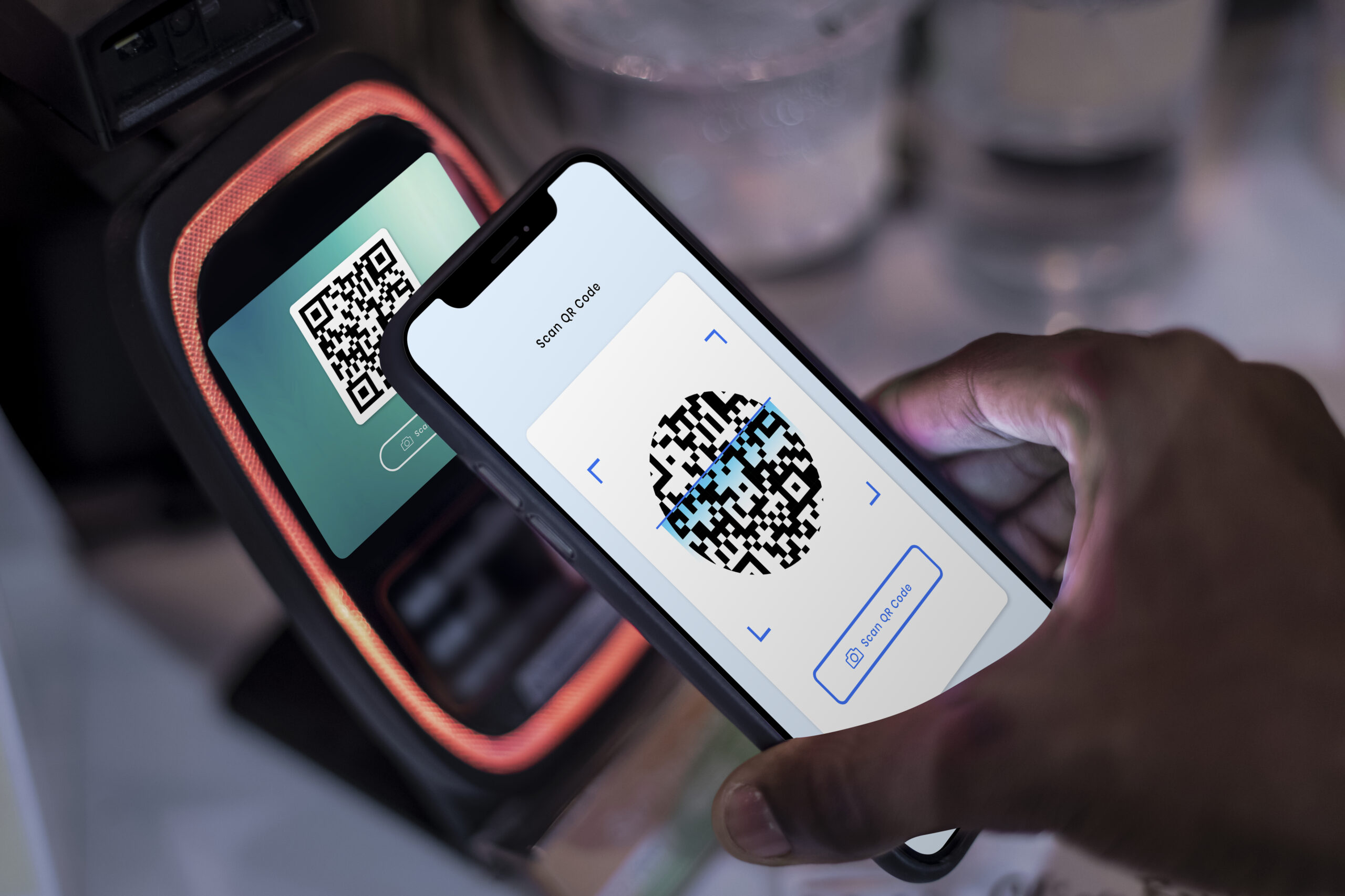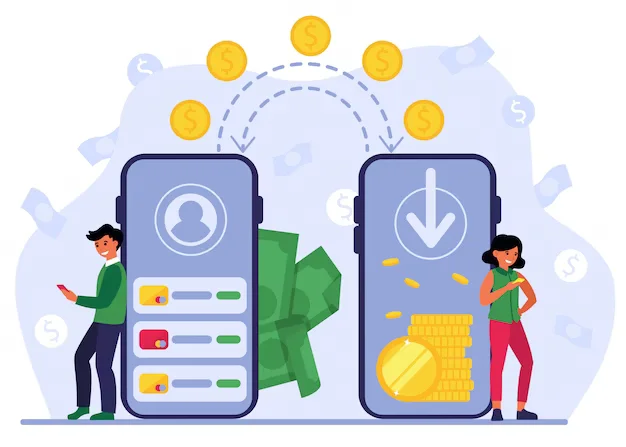In today’s rapidly evolving digital environment, digital payments have become an integral part of our daily lives. Whether it’s paying for groceries, ordering food online, or sending money to friends and family, digital payments have changed the way we do financial transactions. Behind these changes lies a powerful tool for big data analytics, which will play a key role in shaping the future of digital payments.
Big data analytics refers to the process of collecting, processing and analyzing vast amounts of data to extract valuable insights, patterns and improvements and when applied to digital payments unlocks a range of benefits for security, efficiency and customer experience spike.
Fraud Detection and Prevention:
One of the main challenges of the digital payment system is fraud. Cybercriminals are constantly developing new ways to steal sensitive financial information. Big data analytics use machine learning algorithms to analyze real-time transaction data, flag suspicious activities and help prevent fraudulent transactions. By identifying unusual patterns, such as large transactions on unusual locations or repeated failed login attempts, big data analytics helps reduce fraud risk and protect users’ financial assets.
Personalized Customer Experience:
Understanding consumer behavior and preferences is crucial for businesses in the digital payments industry. Big data analytics enables companies to collect and analyze information about consumer behavior, enabling them to create personalized recommendations, promotions and offers. By tailoring their services to individual customer needs, companies can increase customer satisfaction and loyalty, ultimately leading to growth.
Risk Management:
Digital payment providers must manage risks, including credit risk, operational risk and market risk. Big data analytics helps analyze and mitigate these risks by continuously monitoring data on transactions, customer behavior, and market trends. By identifying potential risks in real-time, companies can take action-appropriate decisions to minimize economic losses.
Streamlined Operations:
Efficiency is critical in the digital payments industry. Big data analytics optimize operations by providing insights into customer processing time, system performance, and resource allocation. With this information, organizations can identify complexity, reduce downtime, and allocate resources more efficiently. This results in cost savings and improves overall operational efficiency.
Regulatory Compliance:
The digital payments industry is heavily regulated to protect consumers and maintain financial stability. Big data analytics plays a key role by monitoring transactions for suspicious activities and ensuring compliance with regulators and generating reports to regulators. This helps payment providers stay abreast of laws and regulations, avoiding costly fines and lawsuits.
Business Growth and Innovation:
By harnessing the power of big data analytics, digital payment companies can gain a competitive edge in the marketplace. By analyzing transaction data, customer feedback, and market data, organizations can identify new opportunities for innovation and business expansion. This allows them to stay ahead of the competition and adapt to changing consumer preferences.
In conclusion, the role of big data analytics in digital payments cannot be overstated. It forms the backbone of today’s digital payment systems, providing enhanced security, personalized customer experience, efficiency, and compliance with regulatory requirements. As the digital payments landscape continues to evolve, big data analytics will only grow in importance, the future of the industry It will shape and stimulate innovation in the way we do financial transactions. Companies that embrace this technology will be better equipped to meet the demands of today’s digital economy and provide exceptional services to their customers.











